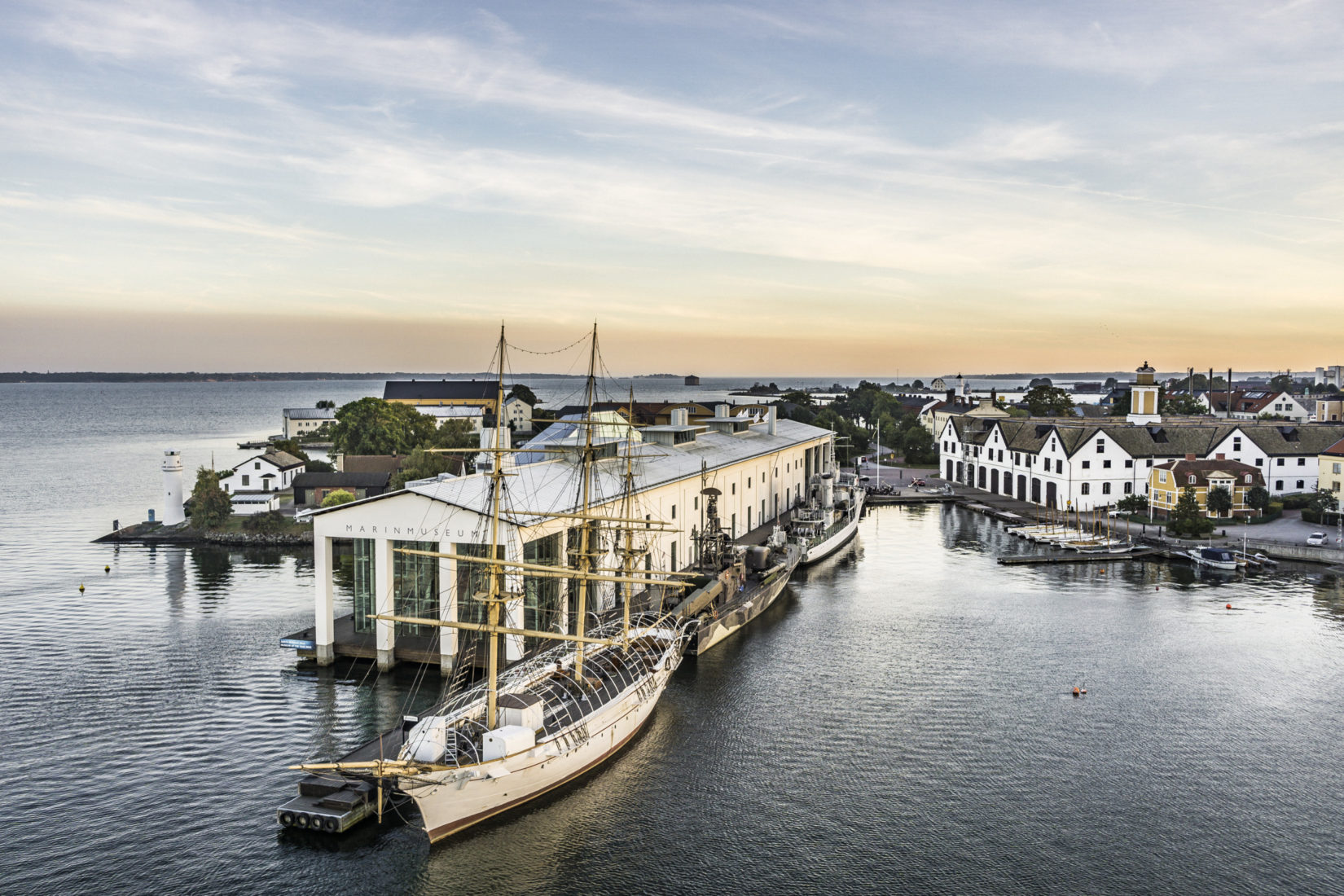Three years ago, Lissa Holloway-Attaway and Björn Berg Marklund at University of Skövde in Sweden, started the project “BSRCulturalGaming” in cooperation with partners in Latvia and Estonia. They wanted to try a new way of letting children express how they felt about their own cities and cultural histories.
– We wanted to encourage playful storytelling through building, to see what children were drawn to in their familiar neighborhoods — not just in some abstract online world, says Lissa Holloway-Attaway, Associate Professor at the Department of Game Development.
The idea was to bring together young people from different parts of society and different countries to be inspired by each other. Prior to the workshops, realistic models of the cities Karlskrona in Sweden and Cēsis in Latvia were created in Minecraft using geodata. Then, the children were free to explore and create, with some guidance from the workshop leaders, explains Lissa Holloway-Attaway.
– We didn’t want them just to build historical churches. For example, we also wanted them to add playgrounds or fantasy spots so we could see into their imaginations. We also wanted them to talk to each other while playing, both online and offline, and to share their work. It was important to have a good social lab space for them to play— and so we created one.
The project led to a number of insights. One of the most important takeaways was that this kind of cultural gaming is social — both online and offline.
– If the participants were to have a truly rich experience they needed to be guided, and we had to structure their play around themes.
One result of the project “BSRCulturalGaming” is that some of the partners received additional EU funding for a larger project, where “cultural planning” is used as a method for urban social innovation.
– Our project was a test site for the gamification elements which are now a part of a bigger EU project and our seed project was very important to help us get the EU funding. We wanted to see how ‘cultural gaming’ might be used to bring together communities around the Baltic Sea. Our work in Sweden and Latvia was a great model to test this.
Facts
The project “BSRCulturalGaming” is funded by SI through the funding scheme “Seed funding for cooperation projects in the Baltic Sea region”. SI provides funding for joint projects in which organisations based in Sweden can start and expand collaborations to meet transnational challenges together with organisations from the Baltic Sea region countries including Russia and the countries of the EU Eastern Partnership.
Some partners in the project received further funding and are now participating in the project “UrbCulturalPlanning” which is funded by the EU programme Interreg Baltic Sea Region.
